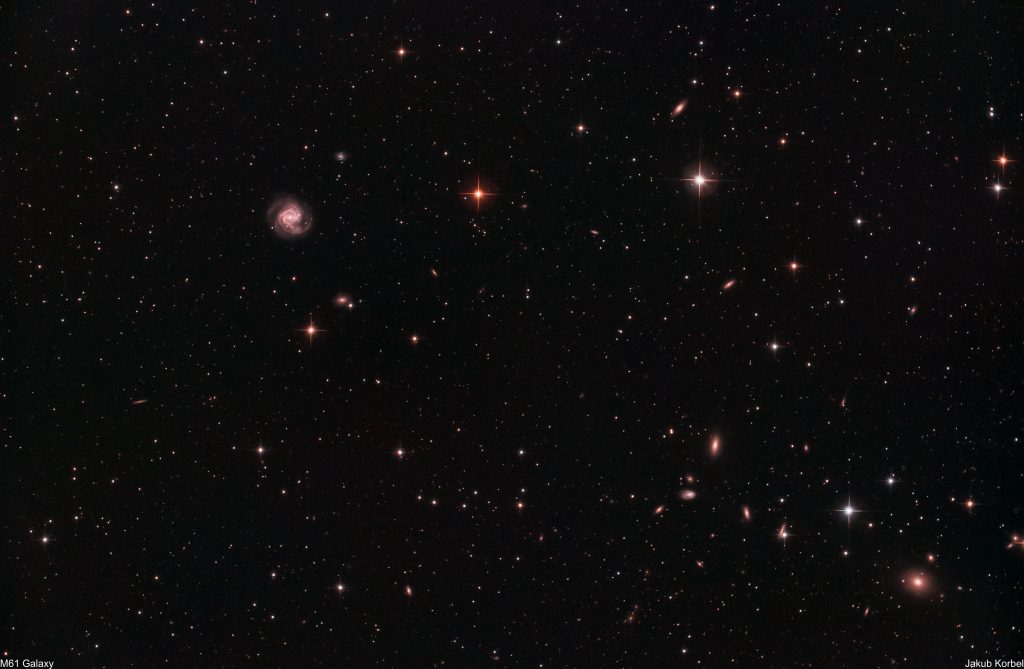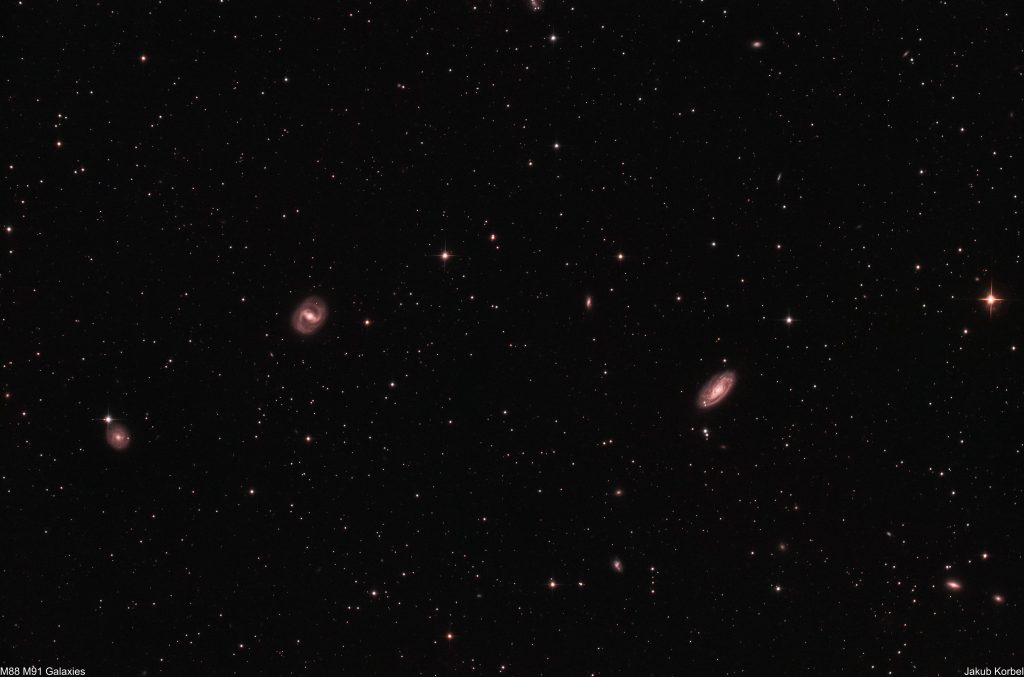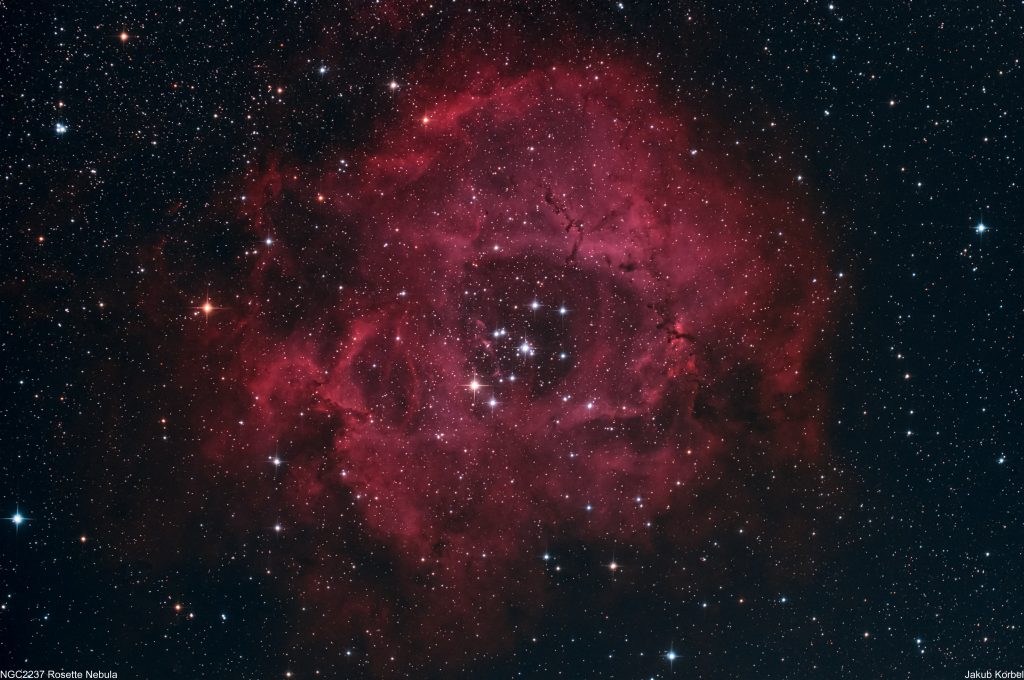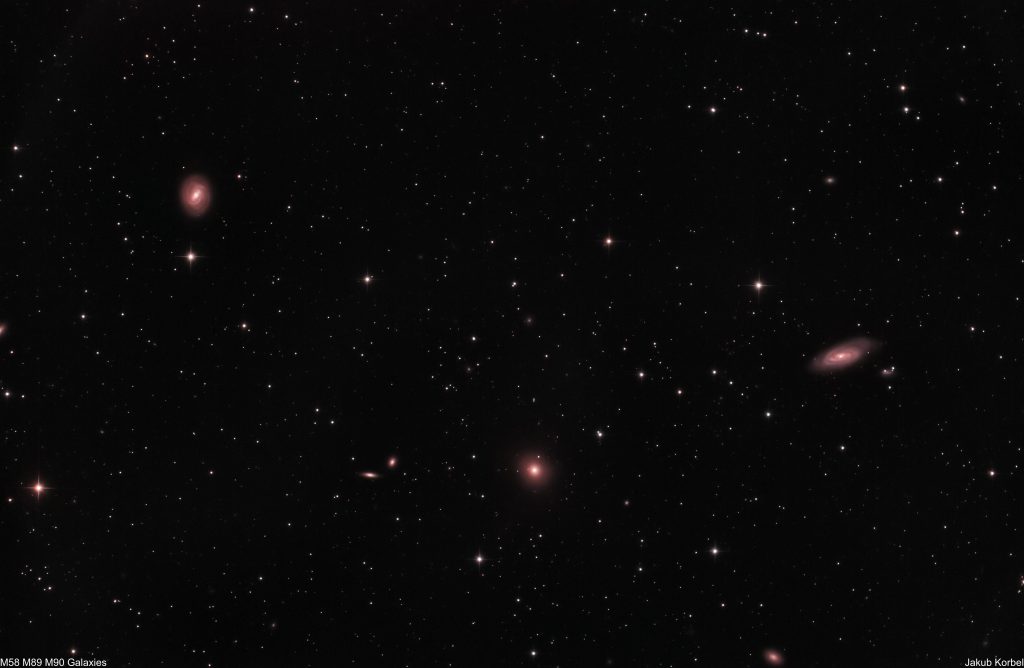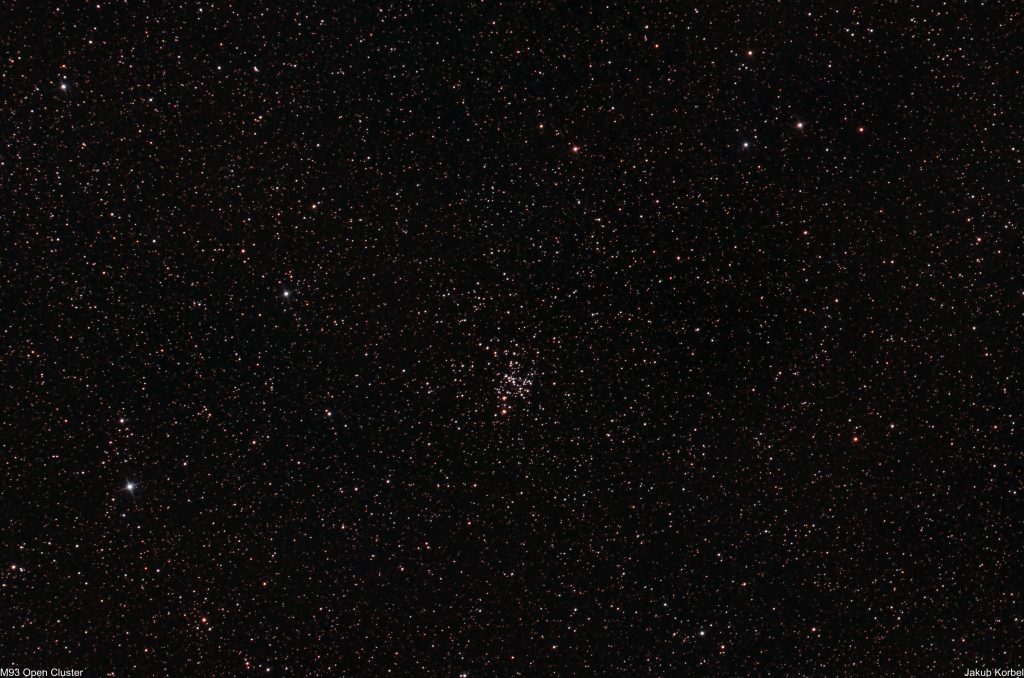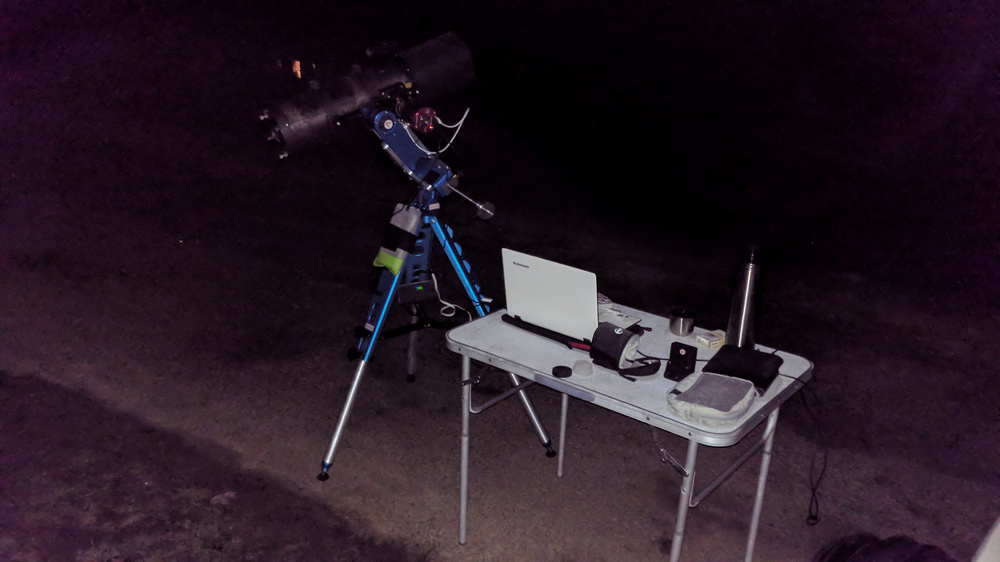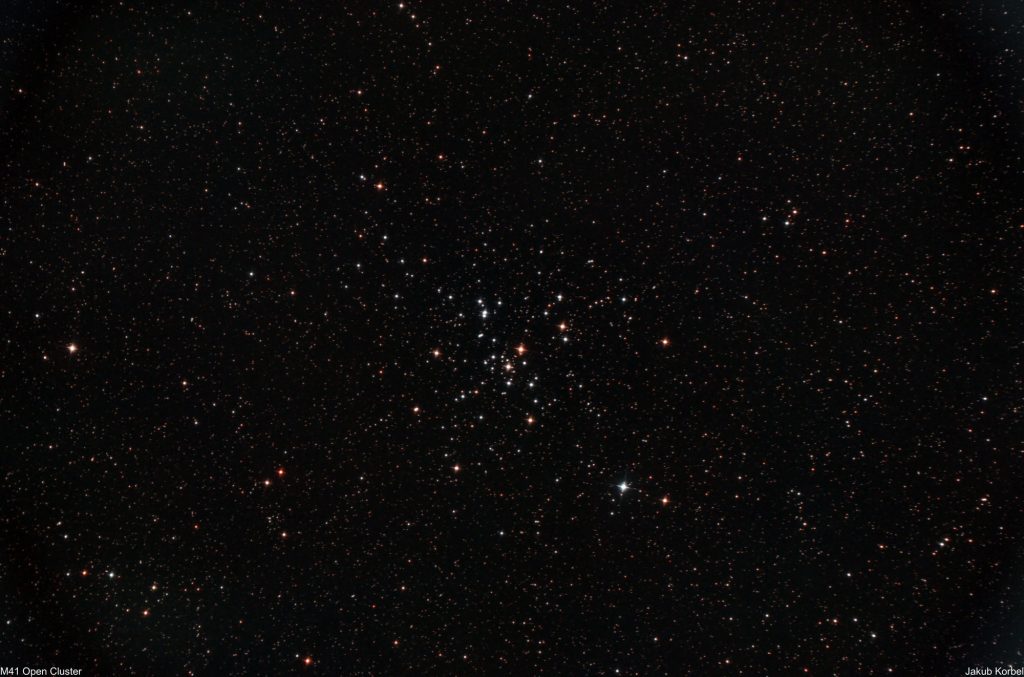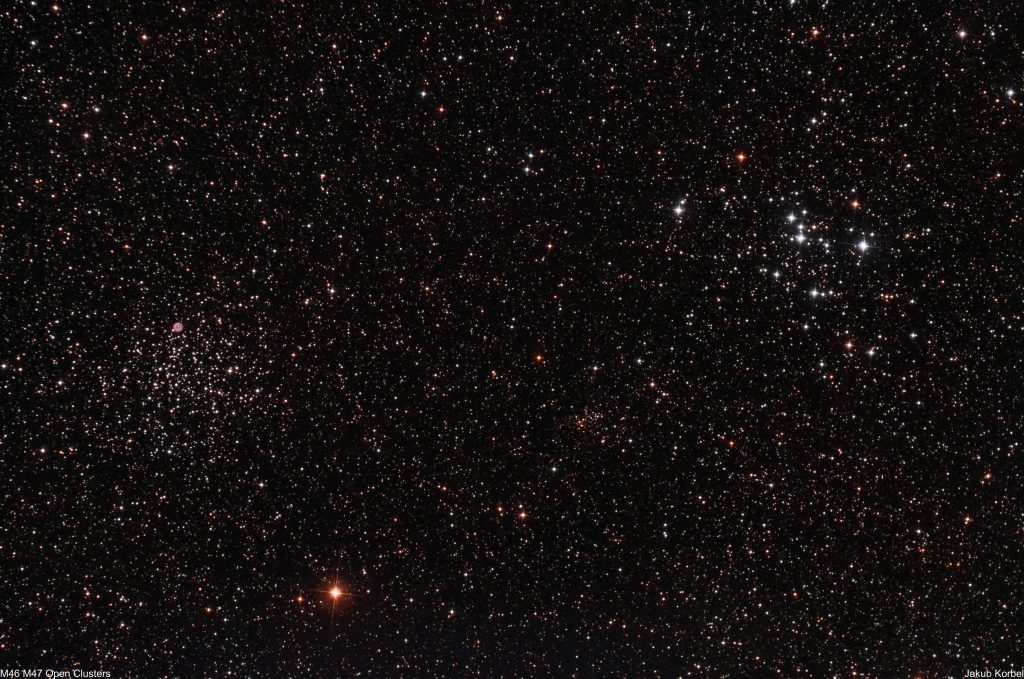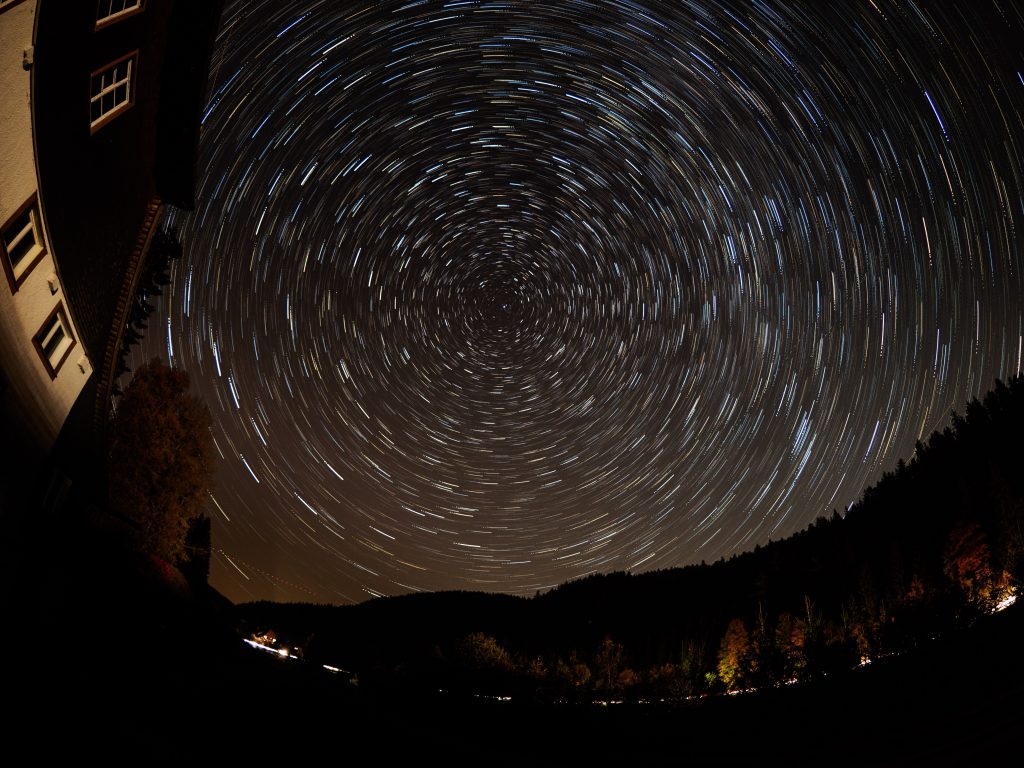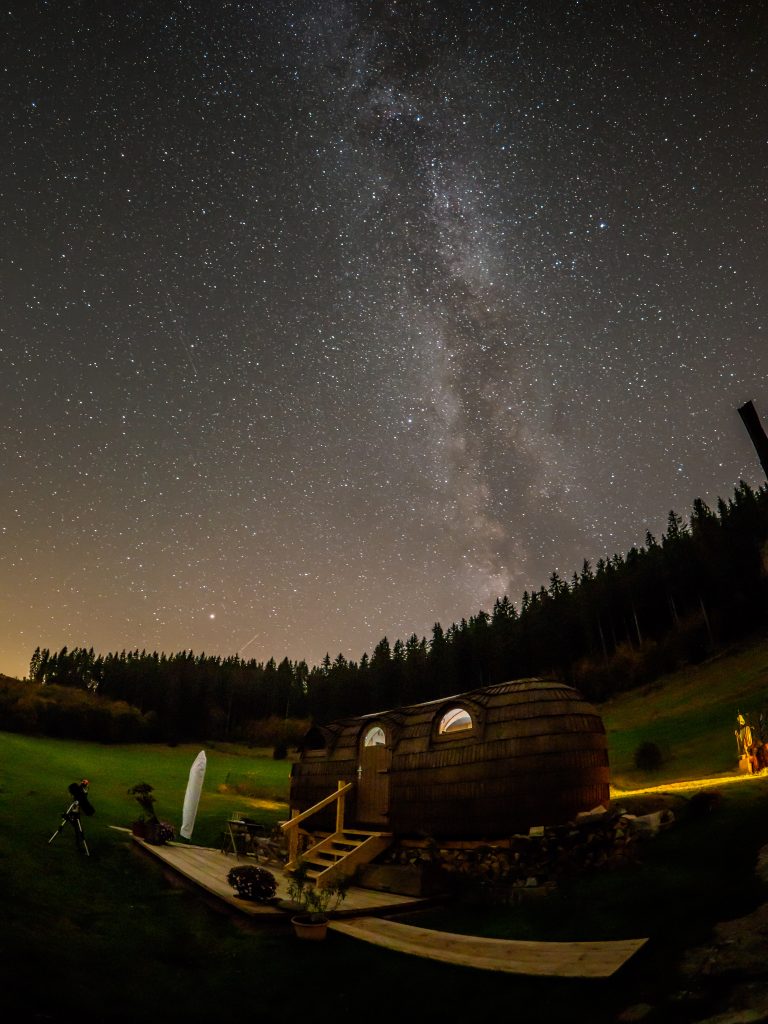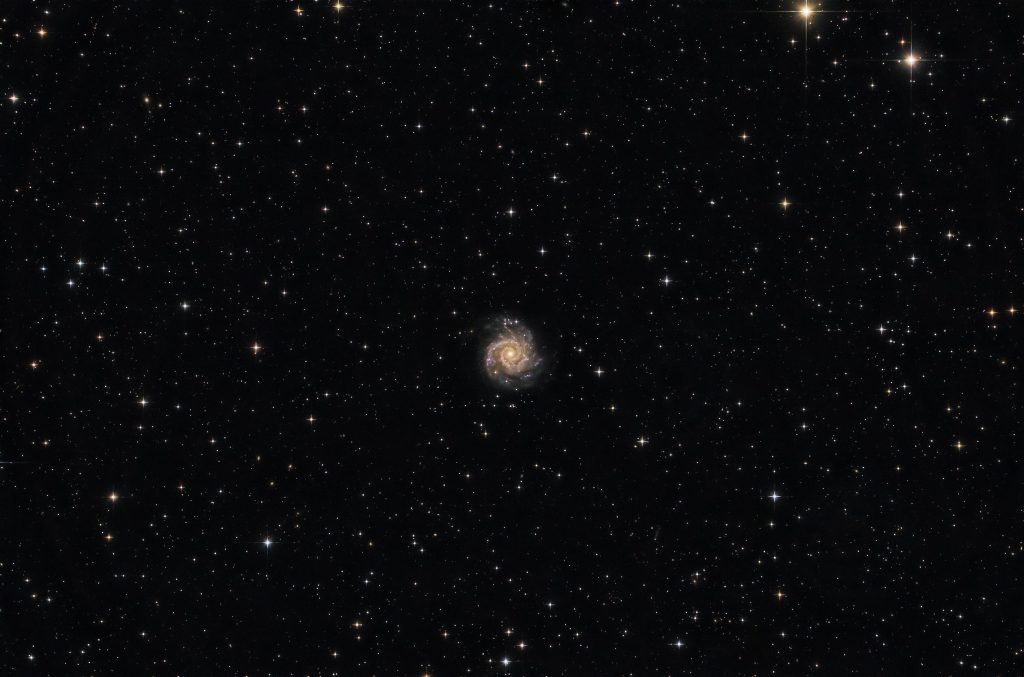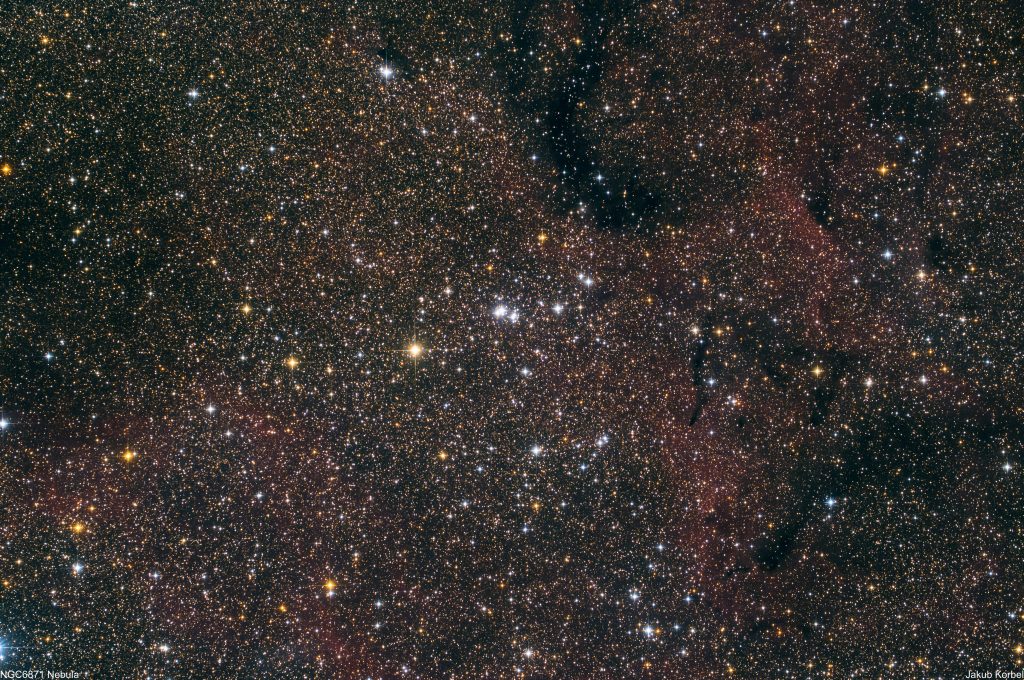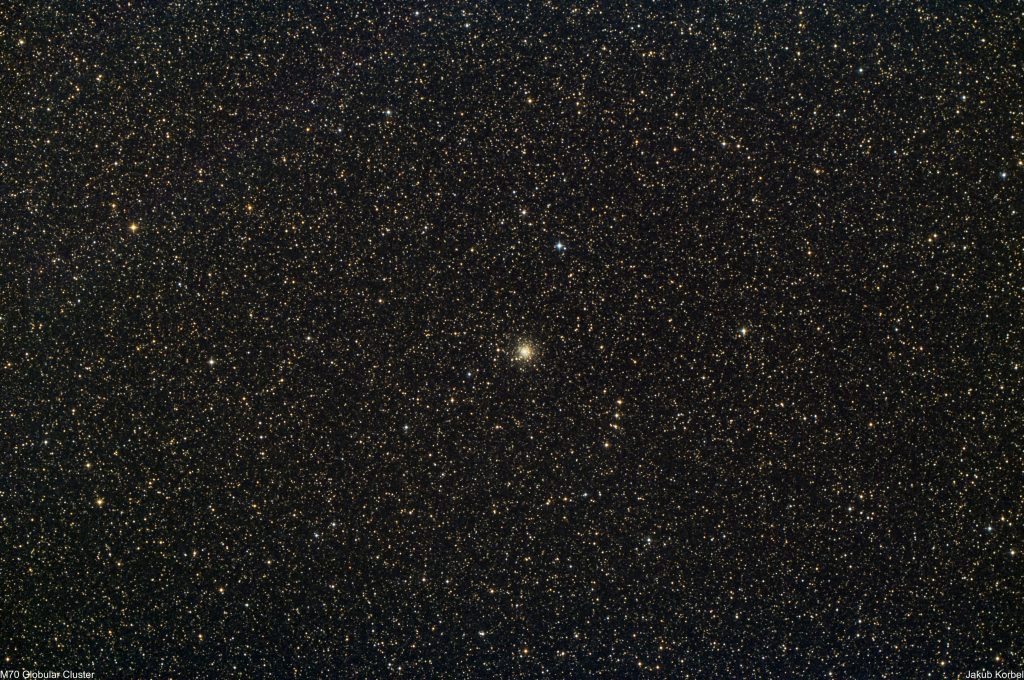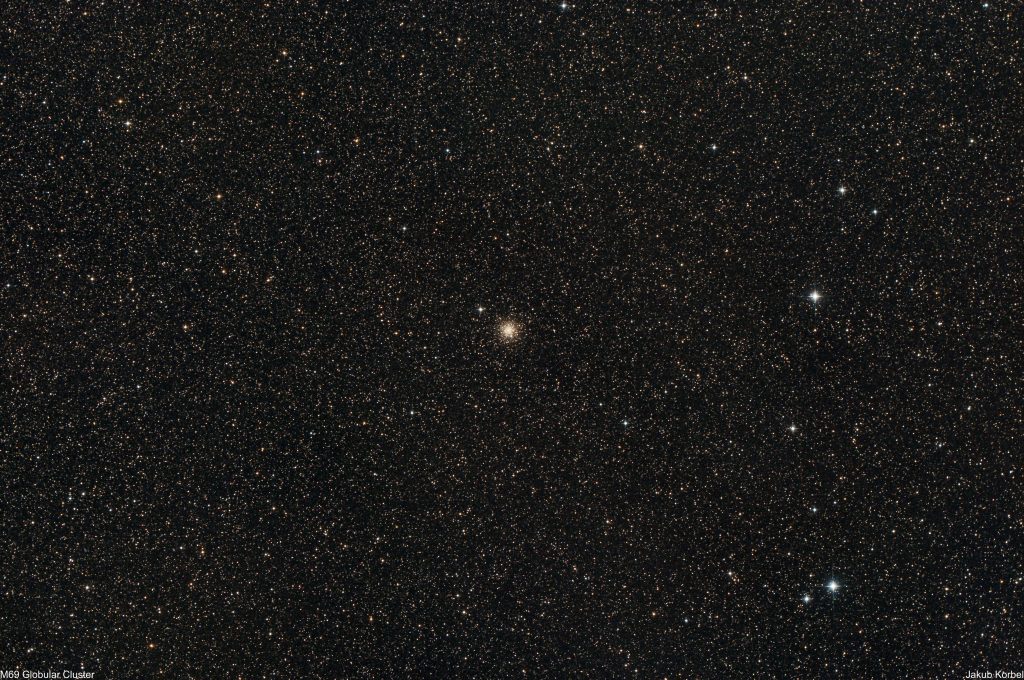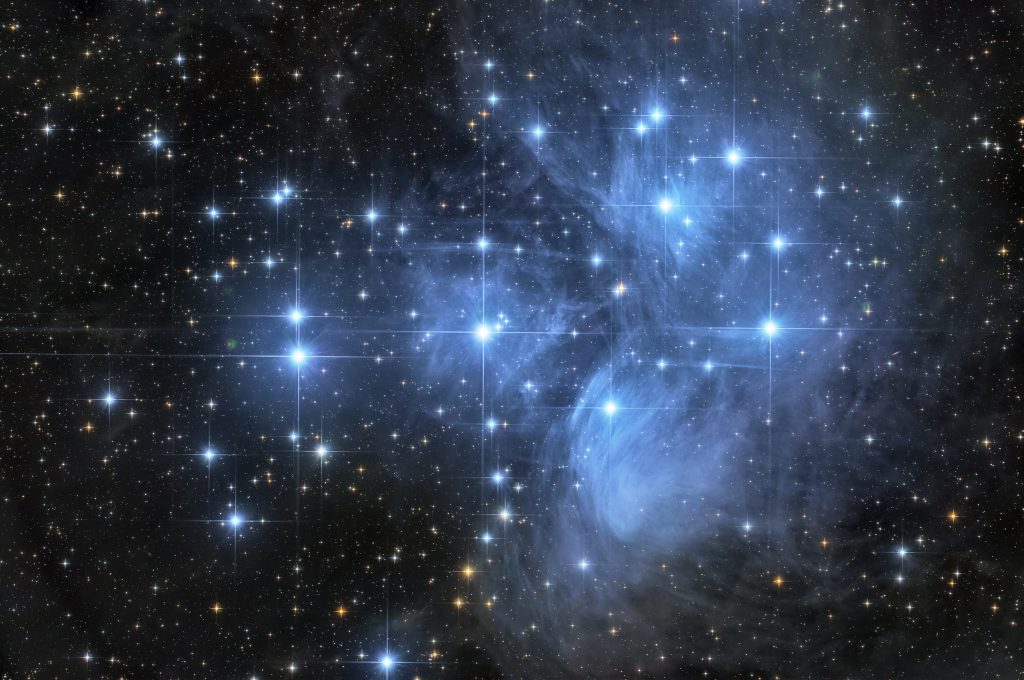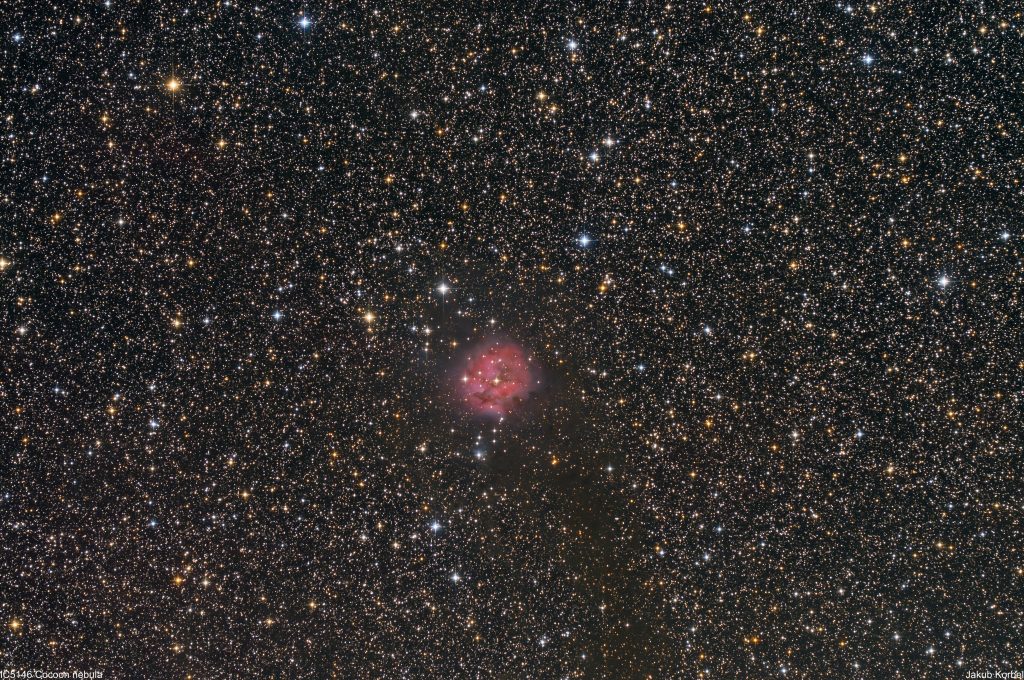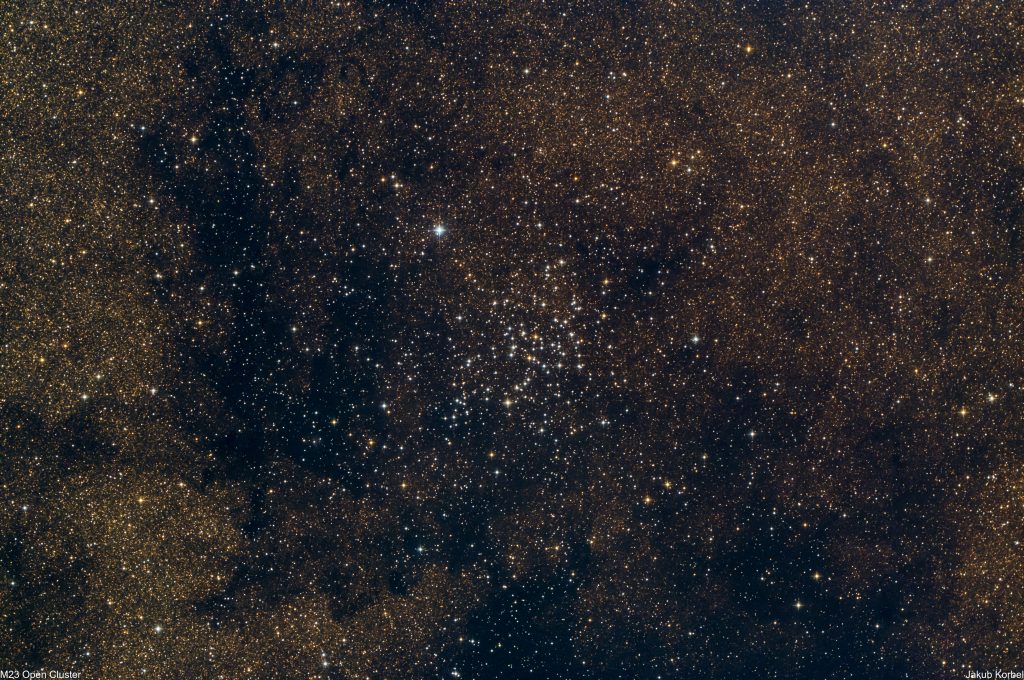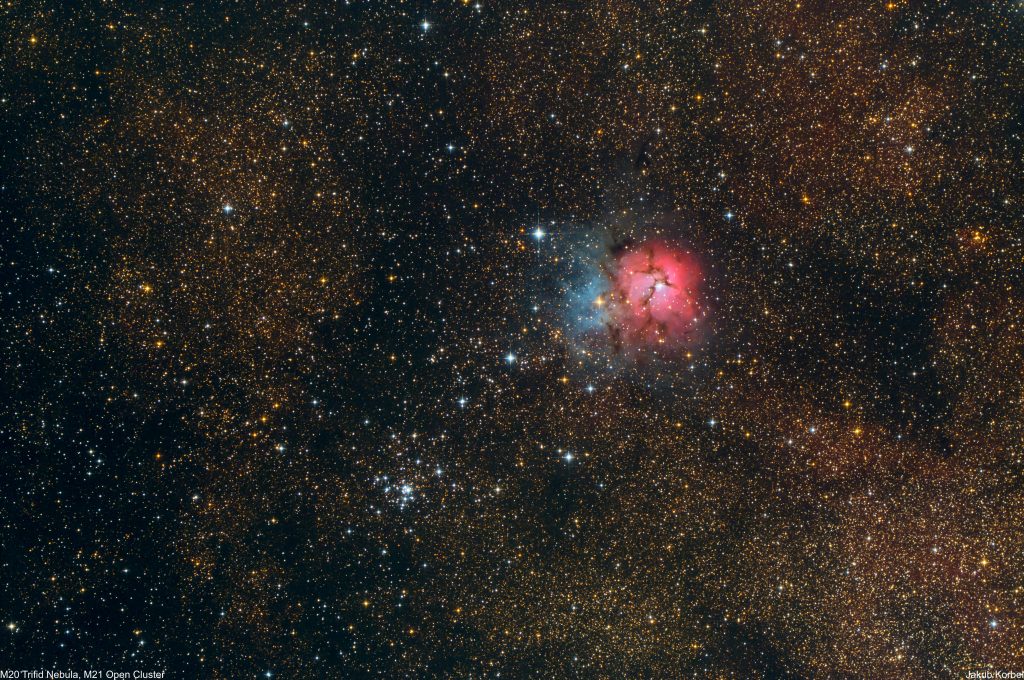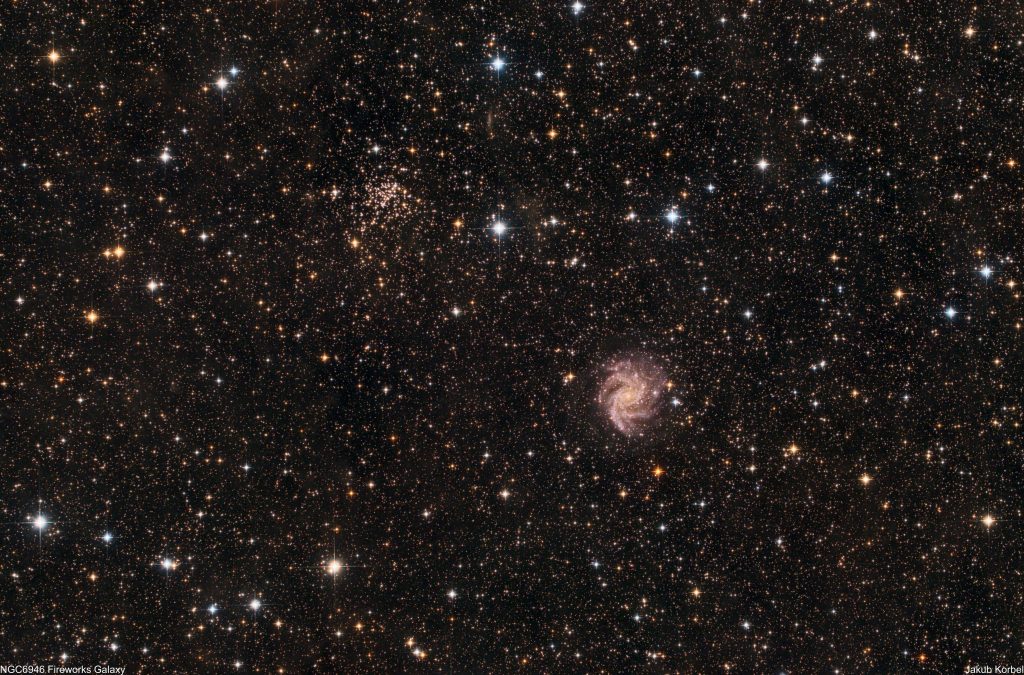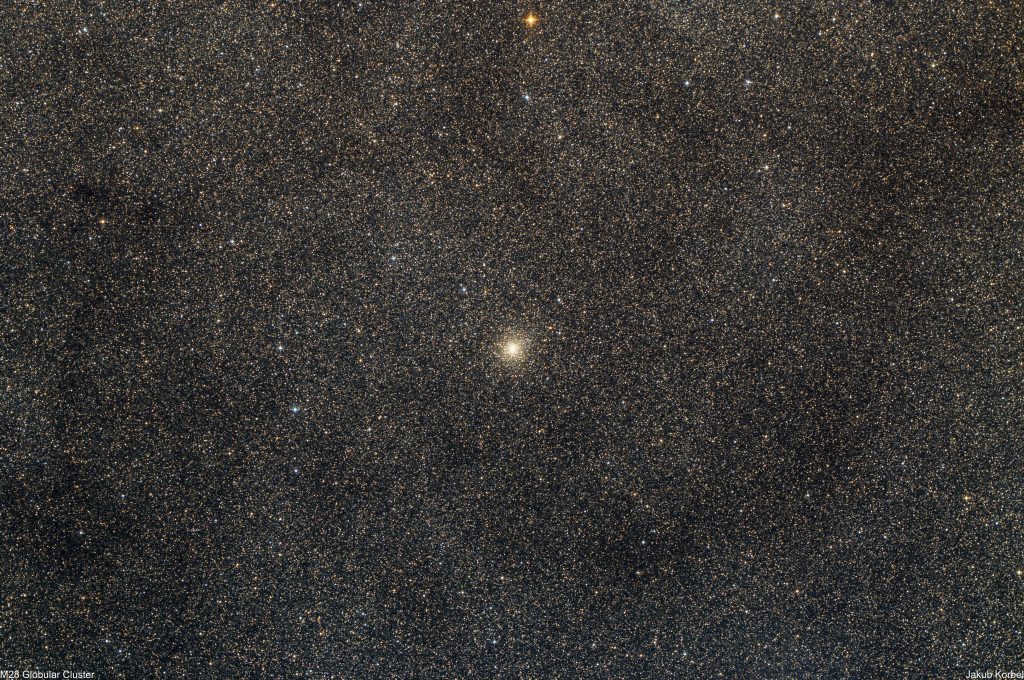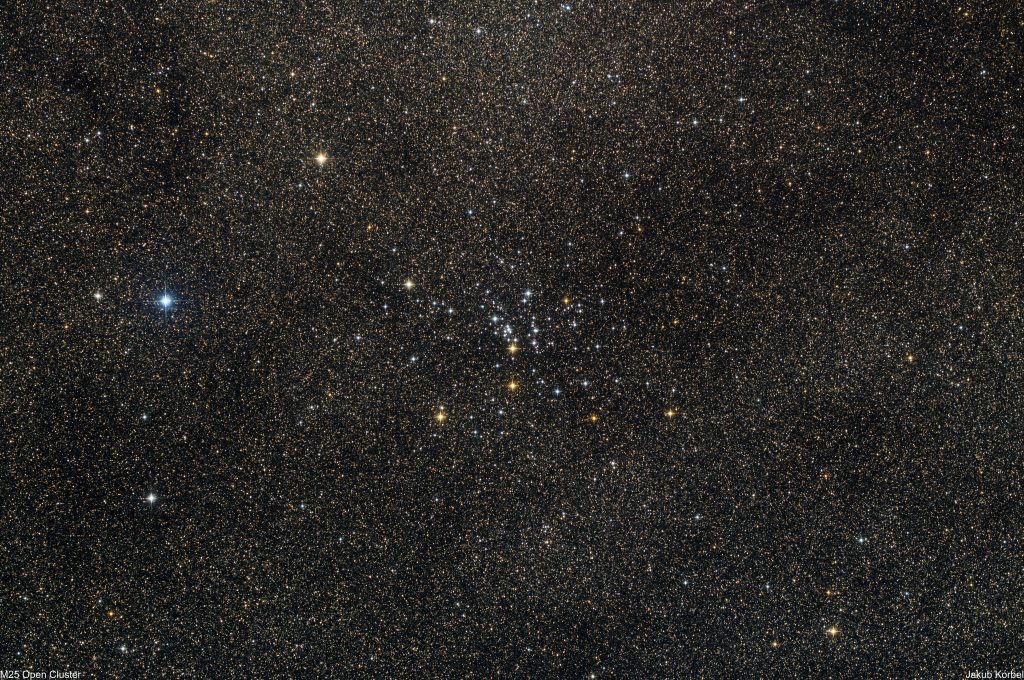Messier 83 is a spiral galaxy located in constellation Hydra. It is one of the brightest and closest (15 million light-years) galaxies observable from Earth. On the other hand there are much brighter and closer galaxies, for example Andromeda is only 2.5 million light-years away and M33 Triangulum Galaxy is roughly 3 million light-years away.
Due to the fact that the M83 has very low southern declination (rises not far from horizon), thus it is very difficult to capture from light polluted Central Europe, I decided to take a trip to south. Specifically to La Palma (Canary Islands) and tried to photograph it from there. I had only one clear night out of ten, but together with M68 was this galaxy my primary target and I somehow managed. My plan was to capture more deep space objects, but the weather didn’t allow me.
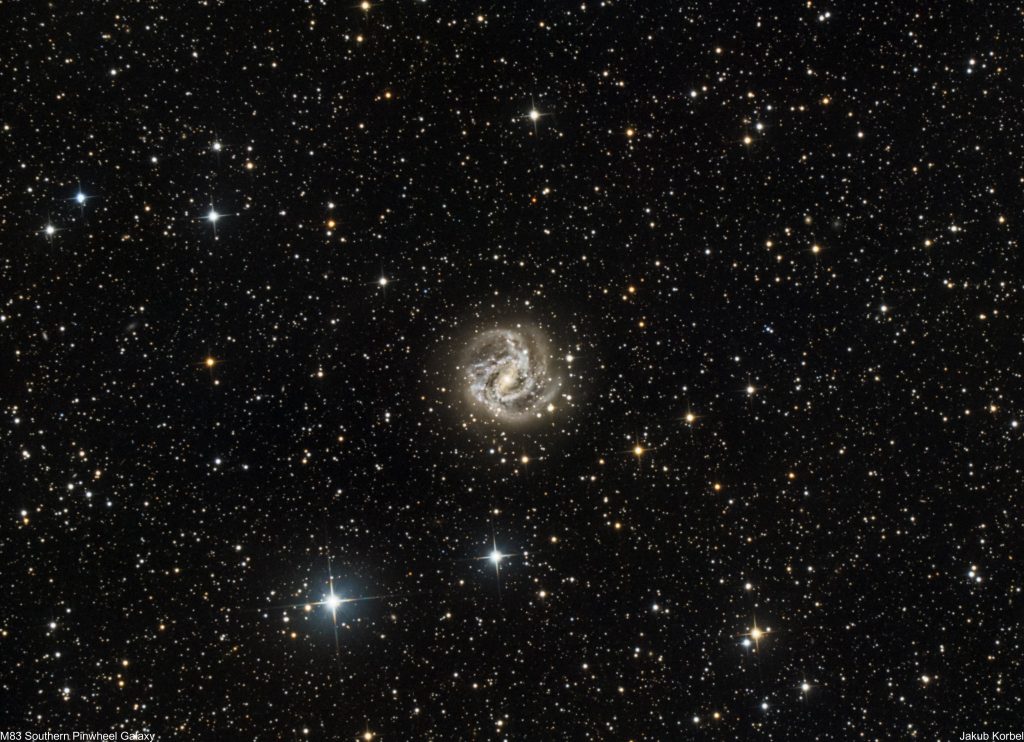
Technical details:
| Telescope | Newton 150/600 mm |
| Aperture | 150 mm |
| Focal length | 630 mm |
| Mount | Avalon M-Zero |
| Autoguiding | ZWO 174MM, Guidescope 30 mm |
| Camera | ZWO 071 Pro @-10°C |
| Corrector | Explore Scientific HR |
| Filters | Astronomik L-1 - UV IR Block Filter |
| Exposure | 87x300s, Gain 94, bin 1x1, |
| Date | 2019-04-25 |

